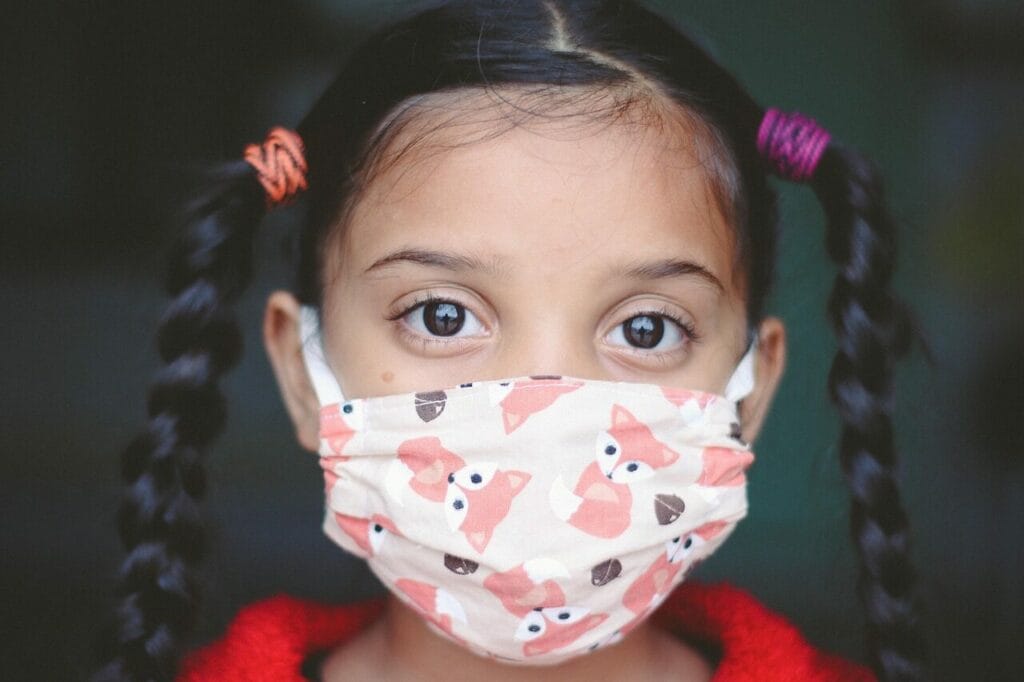A recent study by researchers from Université Laval has revealed that COVID-19 infection may lead to premature aging of blood vessels in women, but not in men. The study, conducted on a large international scale, found that women who were hospitalized due to COVID-19 showed an increase in vascular stiffness equivalent to what would normally occur over a decade.
Professor Mohsen Agharazii from the Faculty of Medicine at Université Laval and the CHU de Québec-Université Laval Research Center expressed surprise at the gender-specific impact of COVID-19 on vascular aging. In contrast, men showed no significant effects on vascular aging from the virus.
Collaborating with Catherine Fortier, Professor Agharazii examined the vascular stiffness of over 2,100 individuals across 18 countries. The study included groups of COVID-19 patients with varying degrees of illness, from mild cases to severe infections requiring intensive care unit admission. Comparatively, a control group of nearly 400 individuals who had not contracted COVID-19 was also analyzed.
Through measuring the speed of pulse wave propagation in the aorta, the researchers observed higher arterial stiffness in women infected with COVID-19 compared to the control group. This translated to an accelerated vascular aging of approximately five to ten years depending on the severity of the infection.
The study suggests that women may experience greater vascular damage due to COVID-19 infection, possibly due to their heightened immune response leading to increased inflammation. The researchers highlighted the significance of these findings on women’s cardiovascular health, emphasizing the importance of considering COVID-19 infection as a risk factor alongside other cardiovascular indicators.
The study, published in the European Heart Journal, underscores the potential long-term impact of COVID-19 on vascular health in women and the importance of proactive measures to mitigate these risks.



